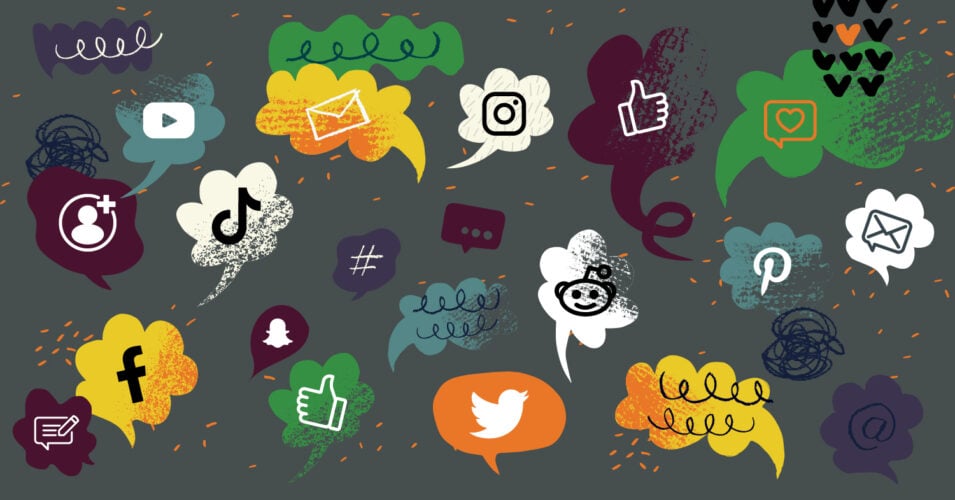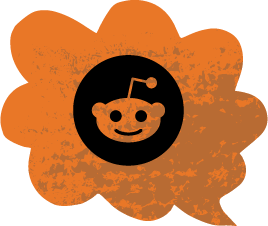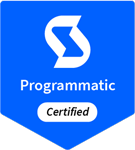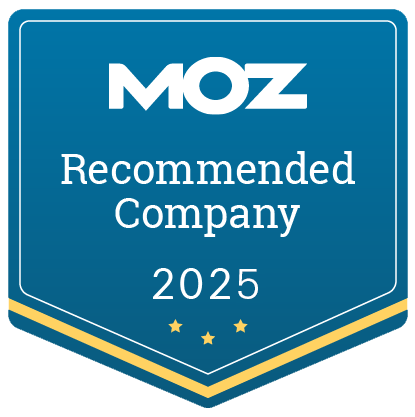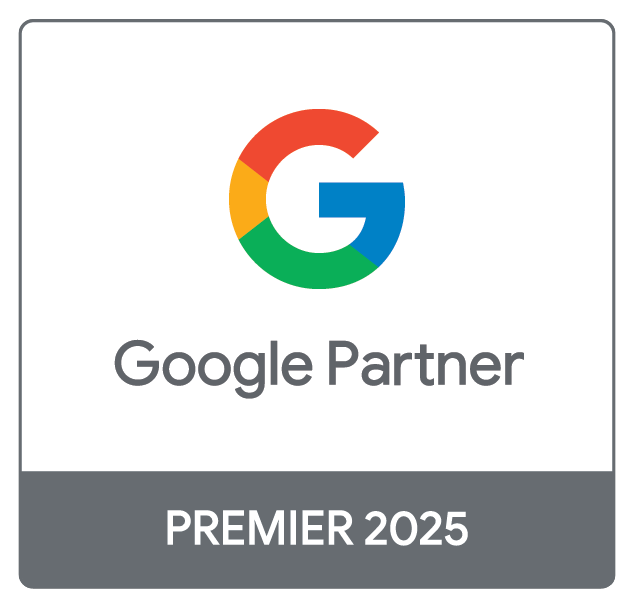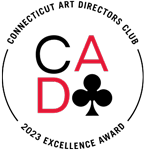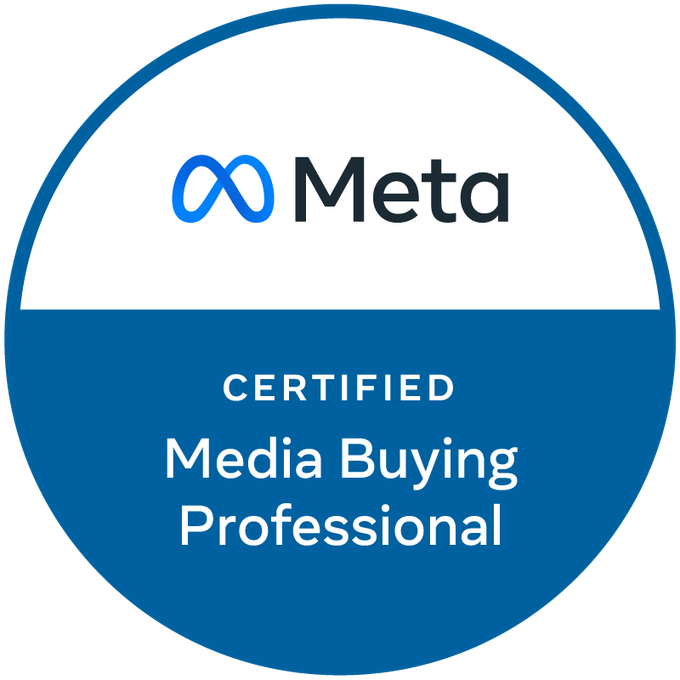When it comes to social media, there’s certainly no shortage of platforms to choose from these days. There are around 200 social media options available, with some being far more popular and well-known than others. If you’re trying to figure out how to use these channels for your business marketing needs, where do you start?
As a marketer, it can be overwhelming to decide which social media platforms make the most sense for your brand. If this sounds like you, you’ve probably found yourself asking, “What is the best social media platform for my business?” The answer isn’t a one-size-fits-all solution. You see, depending on who your audience is and what you’re trying to achieve with your social media marketing efforts, you might have one or 75 different platforms that are a good fit.
With so many choices, the process can seem a little daunting at first. Rest assured, we’re here to help! Here’s your go-to guide to social media platforms to help your brand find the one that works best for you and your audience.
Social Platforms and User Demographics
We’ve compiled key demographic insights from each social platform to help your brand get a feel for the users who are “hanging out” on these channels. Use the following information to identify where your target audience is most active on social media to help you shape your targeting strategy.
Despite recent news stories and controversies, Facebook continues to remain the largest social platform among consumers and marketers. But this isn’t to say that Facebook is experiencing the same high level of engagement it once was.
Users’ time spent on Facebook has fallen five minutes over the past half-decade, despite the overall spike in social media usage in recent years. Facebook’s user growth has also considerably slowed, with only a 1.75% increase in 2022. Recent demographics show that younger consumers are fleeing to other, newer social media platforms such as TikTok and Snapchat.
However, Facebook ad revenues have not plateaued, which is promising for paid social strategies. Here are a few other demographic reports to keep in mind:
- Number of monthly active users: 3.065 billion
- Largest age group: 25 – 34 (31.1%)
- Gender: 44% female, 56% male
- Average time spent per day: 33 minutes
While Instagram has had a strong hold on Gen Z and millennial users, it may no longer be the “happening” place for younger users, who are migrating to sites like TikTok for their social media fix. However, Instagram Shopping has made the platform a hub for eCommerce brands. Here are the must-know demographics for Instagram:
- Number of monthly active users: 2 billion
- Largest age group: 18 – 34 (31.7% total)
- Gender: 50.6% male, 49.4% female
- Average time spent per day: 29 minutes
TikTok
In just a few years, TikTok has achieved unprecedented growth. Users spend an extraordinary amount of time on the app, averaging about 95 minutes per day. When it comes to social media marketing, nearly 40% of Gen Zers indicate they’re directly influenced by products and brands they see on TikTok. To fuel this fire, marketing influencers have hopped onto the TikTok bandwagon to promote brands and products to their followers. Want to get in on the action? Here’s the demographic info to check out:
- Number of active monthly users: 1 billion
- Largest age group: 10-10 (25%)
- Gender: 61% female, 39% male
- Time spent per day: 89 minutes
Twitter (X)
X’s (aka Twitter) usage and growth have remained relatively consistent year over year. However, its user base is starting to skew younger in recent years. Despite experiencing consistent numbers, X will likely lose about one million users to competing platforms in the coming years. Currently, around one-third of X’s users are college-educated and make a high earning base of $75,000 a year or more.
If X sounds like the kind of place your audience would hang out, check out the following demographics:
- Number of daily users: 229 million
- Largest age group: 18 – 29 (42%)
- Gender: 61.6% male, 38.4% female
- Time spent per day: 31 minutes
While Pinterest’s user base is largely female, the platform experienced a surprising surge in male users in 2021. In fact, Pinterest’s social media demographic is fairly evenly split. Around one-third of each demographic category contributes to the platform’s user base. Pinterest also appeals to audiences with a high household income, as 45% of people in the U.S. with a household income over $100,000 are active on this platform, making it a prime place for marketers to place advertisements. When it comes to making sales, shopping-centric content is fair game, as nearly 70% of users indicate they trust Pinterest as their favorite place to research products.
Here are a few other demographics you’ll want to know about Pinterest’s users:
- Number of active monthly users: 433 million
- Largest age group: 50 – 64 (38%)
- Gender: 78% female, 22% male
- Time spent per day: 14.2 minutes
Contrary to popular belief, millennials actually dominate this platform. In fact, the platform has blown up among young audiences in response to the remote work’s effect on increased job searches, which is reported to be one reason the platform experienced record levels of engagement in recent years. LinkedIn is filled with high-earning B2B professionals, making it a potential goldmine for well-honed advertisements.
Only around one-quarter of LinkedIn’s users live in the U.S., which makes it a prime place for companies that are trying to reach international audiences. Here are a few other must-know stats to help your brand determine if LinkedIn is the right social media channel for your marketing efforts.
- Number of monthly active users: 830 million
- Largest age group: 25 to 34 (58.4%)
- Gender: 52.1% male, 47.9% female
- 87% of users access the platform monthly, and 63% access it weekly
How to Find the Right Platform for Your Target Audience
Now that we’ve covered the basics of social media demographics, let’s dive into the steps you should take to choose the social media channels that’ll work best for your brand and target audience.
Identify Your Audience
It’s important to be as specific as possible about who you’re trying to target. Create several different “buyer personas” to help pinpoint defining characteristics of your shoppers. Consider the following questions as you begin to identify the platforms where you should be spending your marketing team’s time:
- Who is your ideal customer?
- How old is your average buyer?
- What gender does the majority of your customers identify with?
- What’s the average income and education level of your customers?
- Where do they live?
- What kinds of content do these people consume outside of the products and services you’re showing them?
When you have these answers, you can help build out the profiles of your audience members.
Define Your Goals
After you’ve figured out who your target customer is, you can begin to build goals around them. Sure, you’re trying to drive sales and attract new consumers to your brand, but what else do you need to do?
Are you trying to increase brand awareness? Develop relationships with potential buyers? Engage with people who already follow your brand? Utilize social media as a means of customer support?
Leveraging social media to tend to the needs and concerns of your customers is especially vital. It can free up your phone lines and give customers an instant opportunity to boast about your products, ask questions, and communicate with your brand about their experience.
As you’re trying to create your social media goals, think about ways – both typical and unusual – that you could use these social platforms to make your brand bigger and brighter.
Find Your Audience on Social
Now it’s time to do some digging into social media demographics and figure out where your audience actually likes to spend its time. Do your due diligence and spend some time sifting through the demographics for each platform. Consider how active your buyer personas and target audiences are on each channel as you evaluate your options.
When to Pick Facebook and Instagram
If you’re trying to build brand awareness and reach an audience beyond people who’ve already liked or engaged with your business pages, Facebook and Instagram are great choices. These two platforms have over 3.4 billion, monthly active users. Advertising on both social platforms allows you to micro-target your exact audiences to help your business grow.
Micro-targeting means using the meticulous level of detail these platforms hold so you can narrow down your demographic for every ad you run. You can create advertisements that are specifically targeted at segments such as:
- Gender
- Age
- Location
- Major life events
- Income
- Political affiliation
- And many more
Facebook ads give you the ability to define your audiences based on any number of categories, then set up campaigns for these audiences.
What is Advertising on Facebook and Instagram Good For?
Facebook and Instagram are great for increasing page followers and building brand awareness. They allow you to get traffic to your website to drive online sales. Both platforms help increase app installs and drive customers to local stores through super-targeted segmentation options.
When to Pick TikTok
TikTok might not be on your list of social media platforms for business needs, but hear us out. As you grow your social media presence, this new social media platform is nothing to scoff at.
When you want to build brand awareness through video content or if your target market is a younger demographic, TikTok is here to serve your needs. This social media platform helps brands reach younger, content-hungry demographics who prefer to hang out here over other available social channels. 67% of TikTok users agree that the platform inspired them to shop, even when they weren’t looking to do so.
What is Advertising on TikTok Good For?
TikTok helps drive online sales, increase app installs, raise brand awareness, and build a community.
When to Pick Snapchat
Before TikTok, there was Snapchat, and many users in the younger demographic still use both regularly. As you’re investigating types of social media for business, consider how old your target audience is. If they fall into the Gen Z category, don’t downplay the power of Snapchat. Data from the platform reveals that it reaches 75% of millennials and Gen Z, as well as 23% of American adults, outpacing both Twitter and TikTok.
When you’re trying to build brand awareness amongst a younger audience using fun, interactive, and engaging content, Snapchat is the place to put your efforts.
What is Advertising on Snapchat Good For?
Snapchat can help you reach younger audiences so you can build brand awareness, increase engagement, and target local demographics.
When to Pick Pinterest
As you ask yourself, “What social media platform should I use?” consider Pinterest one of the top social media channels available to you. Pinterest can help you build brand awareness among users who are already product-focused and looking to buy. Because Pinners are looking to shop, they’re more likely to appreciate ads than users of any other social media platform. As a bonus, CPCs are much cheaper on platforms than on other platforms.
What is Advertising on Pinterest Good For?
Pinterest is great for boosting awareness and increasing sales.
When to Pick Reddit
When you want to build brand awareness and engage with your audience, look toward Reddit marketing. Because users go to Reddit to be informed, many people use this platform for product and brand recommendations. It’s also a good place to do audience research and find out what your ideal customers need so you can better serve them.
What is Advertising on Reddit Good For?
Reddit helps you build brand awareness, engage with audiences, and build trust with potential customers.
Choose the Best Social Media Platform for Advertising
If you’re still confused, it’s time to call our team for a FREE consultation! Our social media specialists at Zero Gravity Marketing are skilled at helping clients hone in on what’s most important to their brands. We invite you to reach out to us today!
About the Author

